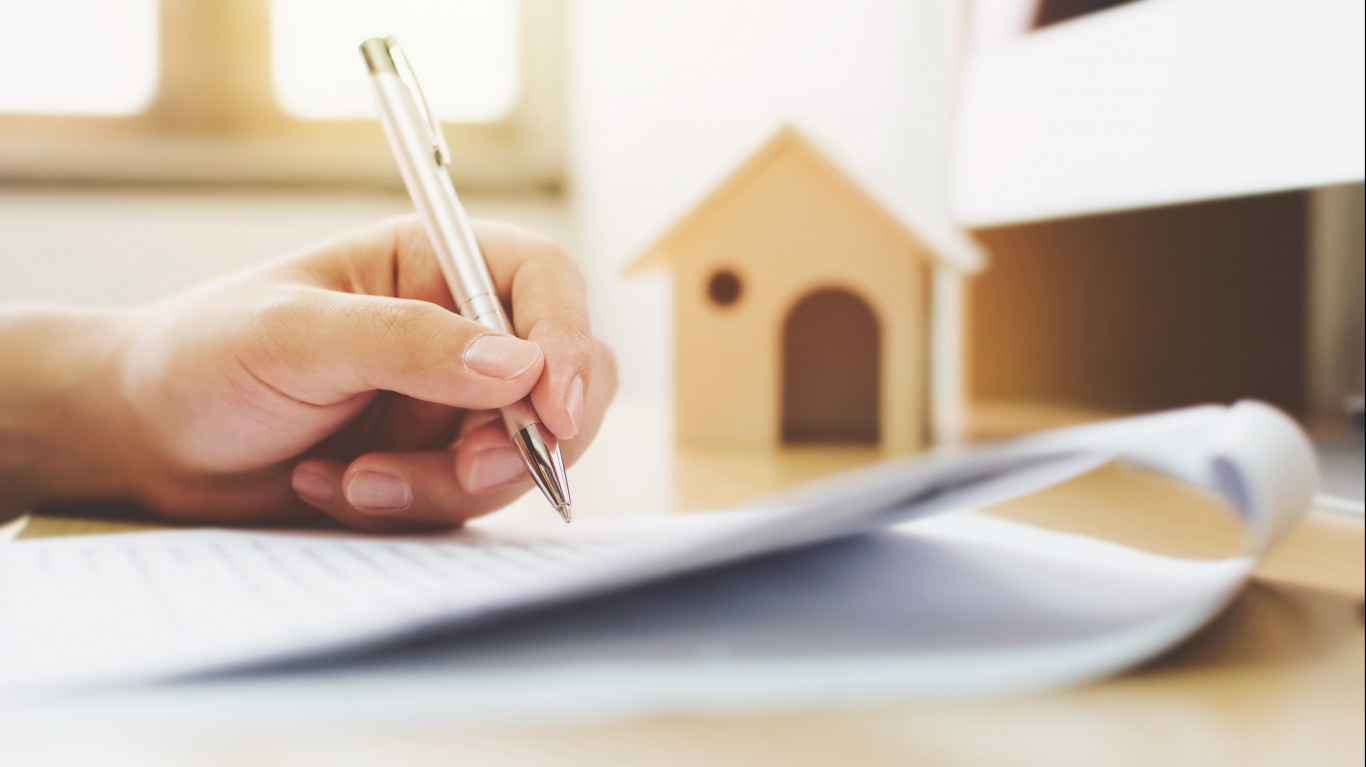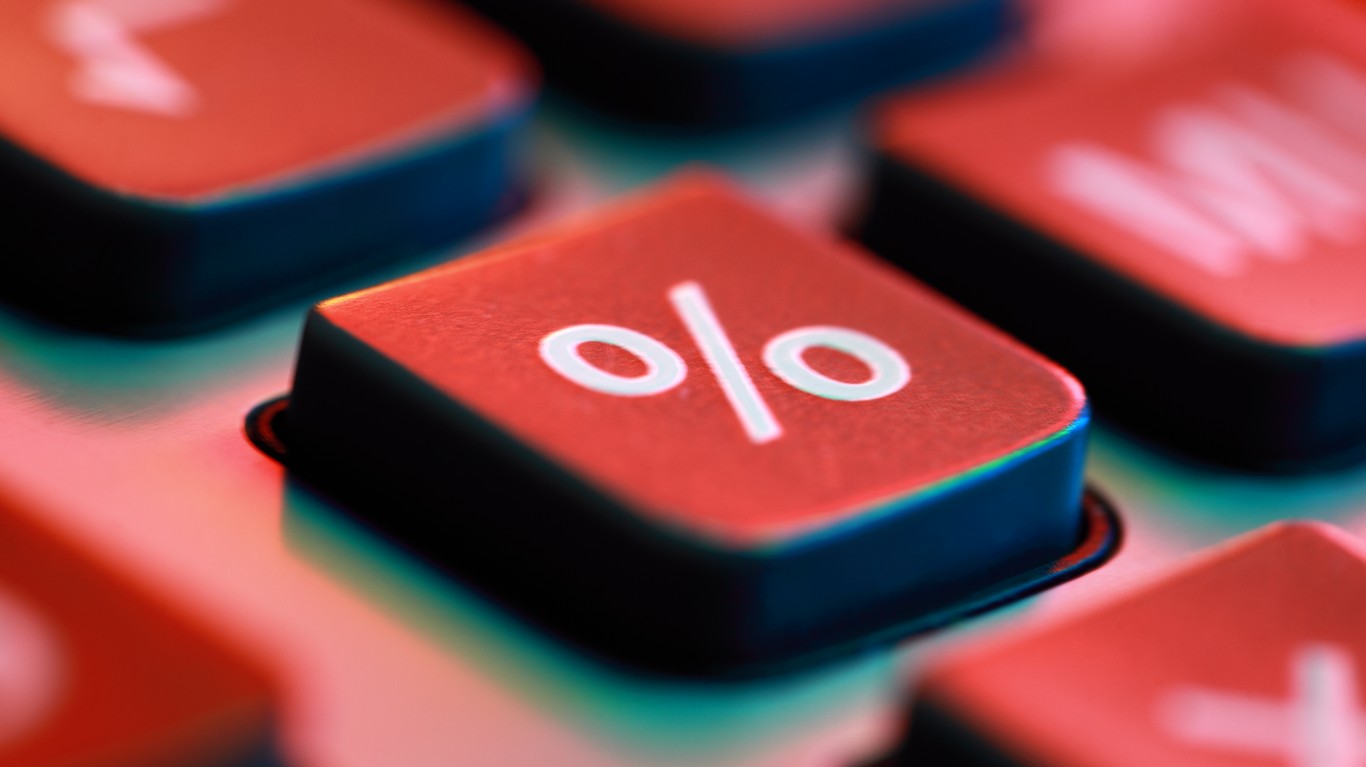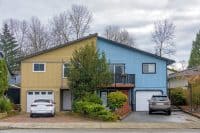
Mortgage rates rose above 7% a year ago. Then they dropped. It looked for a time that interest rates would continue to fall. A glance at Chase mortgage rates shows that a strong economy and the chance the Federal Reserve will not raise interest rates until June have pushed mortgage rates back up again.
The housing market is locked up. Homeowners who bought their homes a decade ago have 3% mortgages and do not want to sell them and try to find a new home on which the mortgage will be 7%. New buyers do not want to pay 7% at all.
Mortgage Rates

The difference between a 3% mortgage and a 7% one is staggering. According to the National Association of Home Builders, for a $471,000 home, the monthly payment is at 3% is $1,900. At 7%, that number is $2,900. At an additional $12,000 a year, the $471,000 home may be out of a potential buyer’s price range. Often, these people rent and wait, but for how long? Data show a third of people in the United States rent their homes. That number will likely rise if interest rates remain at or near 7%. (In these 10 states, saving enough to buy a house takes the longest.)
Currently, the Fed and the economy will not cooperate with people who want to buy homes at reasonable mortgage rates. The Bureau of Labor Statistics shows that the economy added 353,000 people in January. The unemployment rate was 3.7%. Consumer confidence is high. It may be an edge case, but the slowdown in shipping through the Panama Canal (drought) and Suez Canal (danger from missiles) could hurt supply chains and cause inflation as supply chain problems did early in the pandemic. A tight supply chain means higher prices for many goods.
The housing market is weak in terms of unit sales. That is because the balance of the economy is strong.
Take Charge of Your Retirement In Just A Few Minutes (Sponsor)
Retirement planning doesn’t have to feel overwhelming. The key is finding expert guidance—and SmartAsset’s simple quiz makes it easier than ever for you to connect with a vetted financial advisor.
Here’s how it works:
- Answer a Few Simple Questions. Tell us a bit about your goals and preferences—it only takes a few minutes!
- Get Matched with Vetted Advisors Our smart tool matches you with up to three pre-screened, vetted advisors who serve your area and are held to a fiduciary standard to act in your best interests. Click here to begin
- Choose Your Fit Review their profiles, schedule an introductory call (or meet in person), and select the advisor who feel is right for you.
Why wait? Start building the retirement you’ve always dreamed of. Click here to get started today!
Thank you for reading! Have some feedback for us?
Contact the 24/7 Wall St. editorial team.


